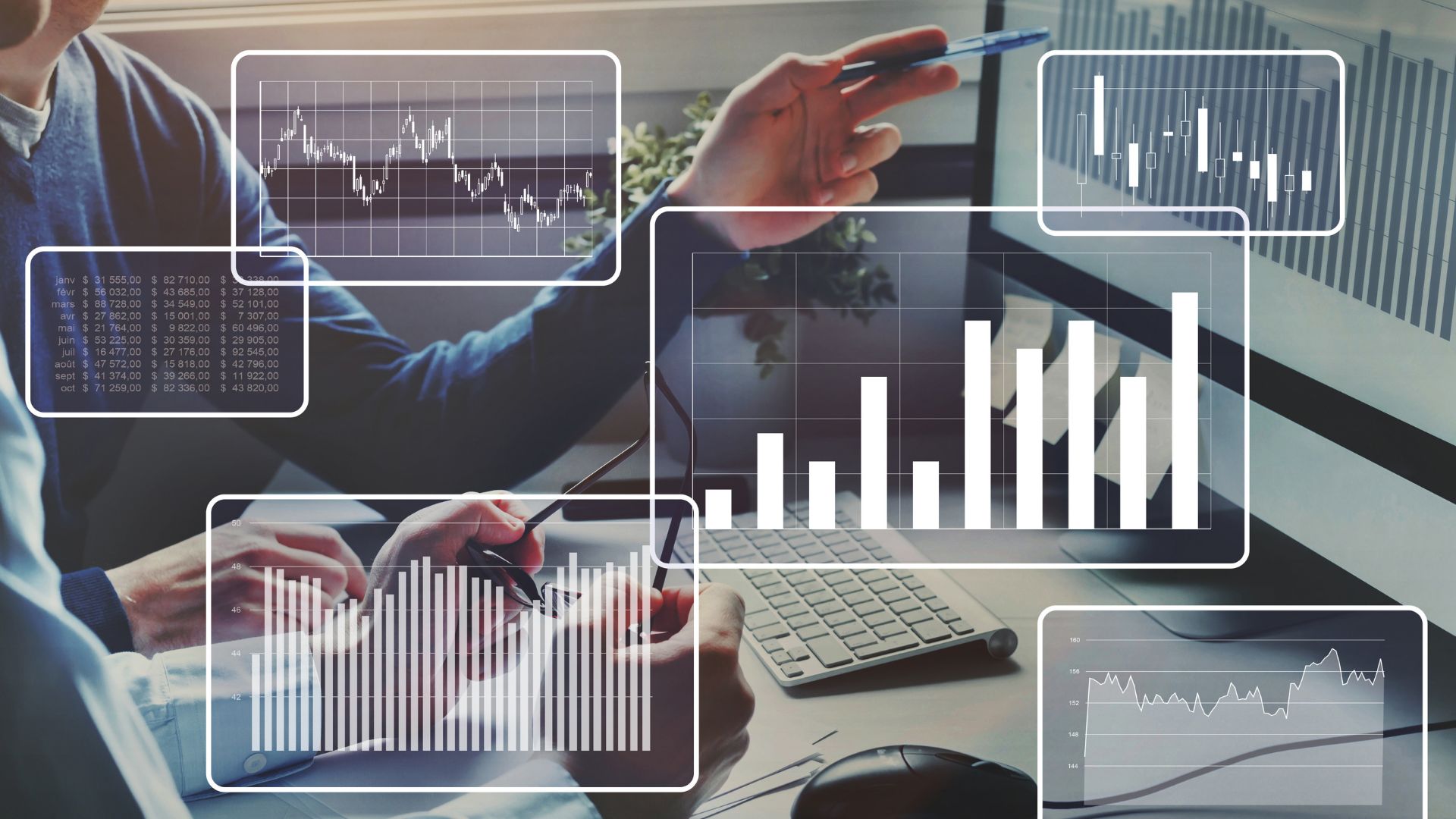In this article by Procal, we will understand how big data and analytics are making a huge impact on businesses across all domains.
Today, big data and statistics change the way decisions are made – from day-to-day business challenges to dividing a company in an effort to gain a competitive advantage. Instead of relying on historical trends and a sense of accomplishment when keeping an inventory, pricing solutions, or hiring staff, companies accept data and statistics to make faster and more informed decisions.
Companies like Hulu and Netflix, for example, work with huge amounts of data every day to analyze user trends, usage patterns, and much more. In fact, Netflix used predictive statistics to improve its House of Cards program, as data confirmed it would be a favorite for viewers. In the oil industry, algorithms now detect when drilling equipment is about to fail based on thousands of sensory data points, allowing predictable care.
Growth of big data in health care
One of the most promising areas where big data can be used to make a significant impact is health care. Today, health data is collected from a variety of sources, including electronic health records, medical photographs, genomic sequences, taxpayer records, medical research, clothing, and medical equipment. The information from this data helps to predict health problems that occur early, evaluate treatment options quickly, and involve patients more fully in their health.
The growth of big data in health care is expected to accelerate. According to a report by the International Data Corporation, big data is expected to grow rapidly in health care rather than in other sectors over the next six years. Researchers say health care data will have a combined annual growth rate of 36 percent by 2025.
By comparison, data on financial services is expected to grow at an average of 26 percent, and data in the media and entertainment industry will increase by a combined 25 percent.
For years, one of the biggest obstacles to using big data has been the time and cost of collecting it. Now, thanks to sophisticated skills, it is easier to not only collect data but also convert it into important information that can be used to deliver better care, reduce costs and improve efficiency.
Advanced analytics: Provides a data definition
With the full range of available data sources, compiling, editing, and analyzing data can help health care organizations come up with truth-based, data-driven answers to key questions. The processes and technologies used to gain business understanding and clinical data can be divided into three levels: descriptive, predictable, and prescriptive.
Descriptive Analytics: What Happened?
Descriptive Analytics dig data to help an organization understand why something has happened, which can provide an important context for future decisions and actions. Many of the statistics we use fall into this category and are often displayed in reports or dashboards.
Predictive Analytics: What could happen?
Predictive Analytics find conditions that may help to predict rather than react to what has already happened. Guessing skills such as prediction and simulation provide an improved understanding that companies can use to make informed decisions.
Prescriptive Analytics: What should we do?
Prescriptive Analytics goes beyond descriptive and predictive analytics. Using algorithms, machine learning, and other techniques, these figures determine what is possible and recommend a variety of practical lessons and potential impacts for each.
Three types of data analytics build on each other with skills that help provide insight into an event or action, reveal data relationships, improve predictability and make business decisions easier.
So this is from Procal’s end on how Big Data and Analytics are making a big difference for businesses.





